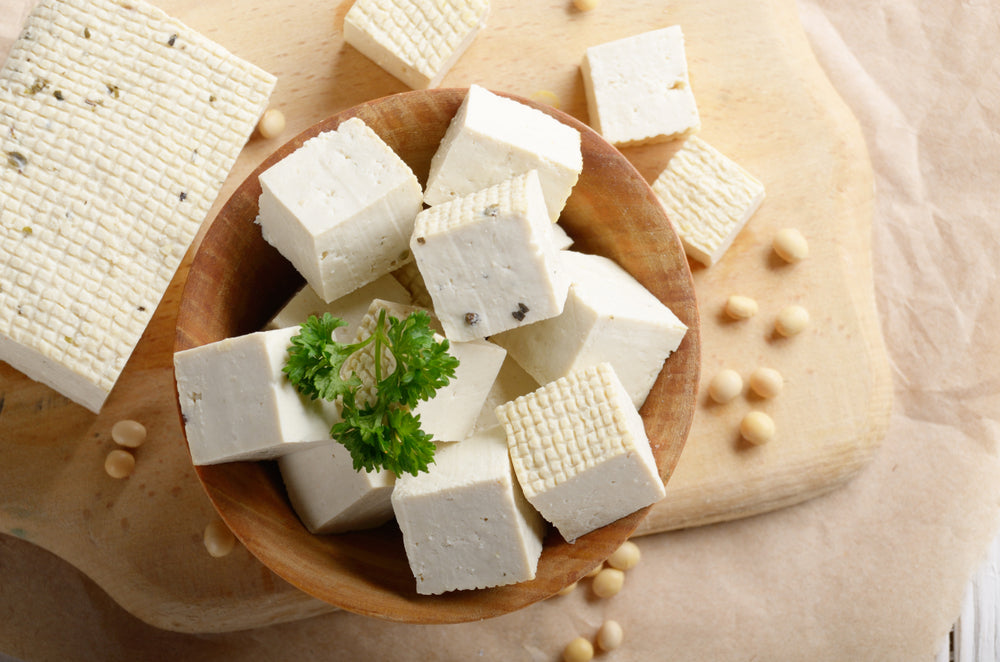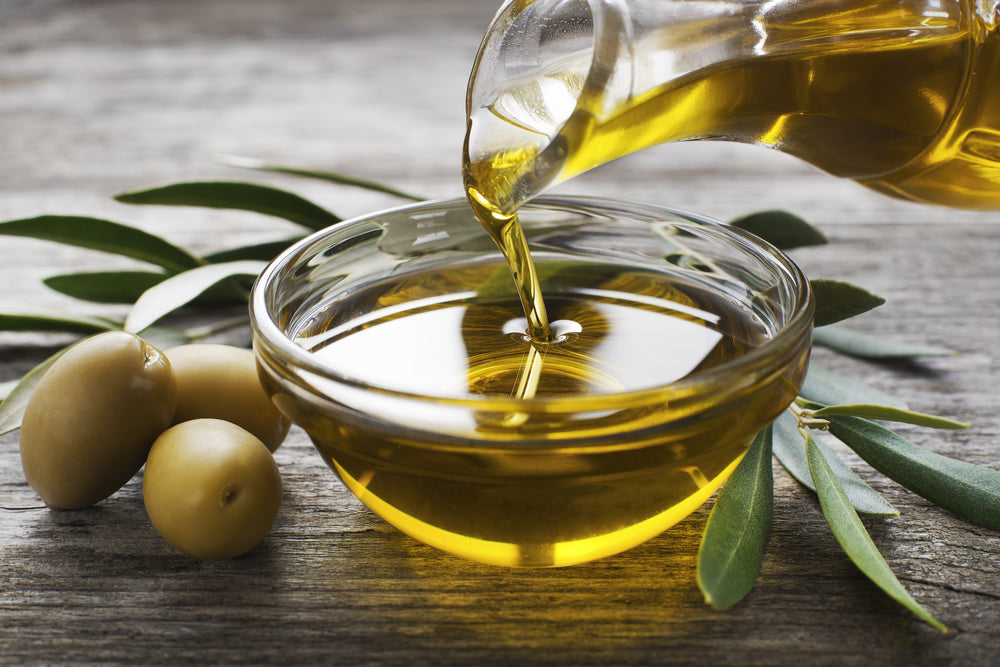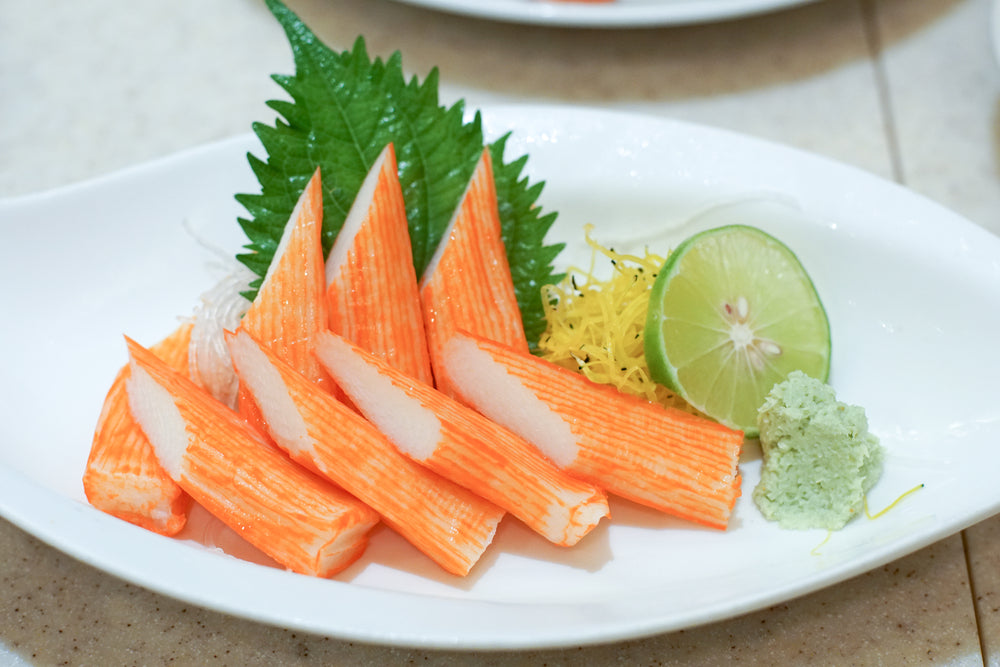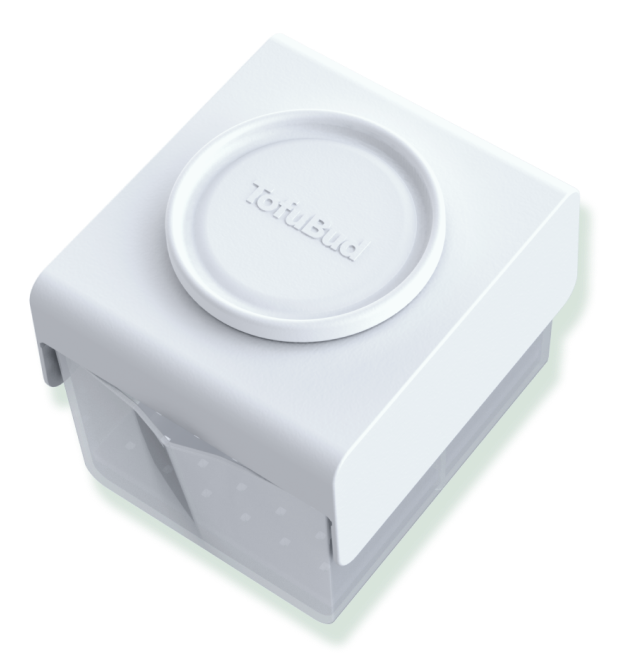Bean curd is growing in popularity as an ingredient in kitchens across the globe, from the South East Asian countries where it first became known, to the booming vegan restaurants of Europe and the United States. If you're new to eating or cooking with bean curd, this article will give you the confidence you need to start experimenting with it in all types of dishes.
Is bean curd tofu?
Is bean curd the same as tofu? Yes. Bean curd is simply the English name for tofu. There's no difference between the two. However, you may be more likely to hear bean curd used to describe firmer forms of tofu. There are different kinds of tofu, ranging from silk/smooth, medium, firm, and extra-firm. We will look at some of these in a bit more detail.
Tempeh, on the other hand, is different from tofu/bean curd in its method of preparation as well as its resulting texture and flavor. While bean curd is made from the pressed curds of coagulated soy milk, tempeh is made by fermenting soybeans and then pressing them into a dense compact cake form, often with the addition of spices, as well as sometimes quinoa or rice. This gives it a distinctly nutty, earthy flavor, in comparison to bean curd's neutral taste.
Origins of bean curd
Bean curd is believed to have been invented in China around 2,000 years ago, at the time of the Han dynasty. According to legend, its inventor was a Chinese prince from the Anhui province. However, the secret of bean curd production spread quickly throughout South East Asia, with some historians theorizing that bean curds were brought from China to other countries alongside the spread of Buddhism, as it was a favored food of the vegetarian Buddhist adherents.
Now, it is a staple food in a number of countries in the region, including China, Japan, Korea, Vietnam, and Thailand, with each culture having its own unique methods of preparing and flavoring the dish. Although bean curd was introduced to the West as early as the late eighteenth century (when it was mentioned in a letter by Benjamin Franklin as a form of "Chinese cheese") it wasn't until the later part of the twentieth century that bean curd became popular among western consumers, led particularly by the growth of health food shops showing people where to buy tofu, and the wider acceptance of vegetarianism and veganism.
Bean curd nutritional facts
When it comes to bean curds or tofu, nutrition is one of the key reasons that it's such a popular food. It's very low in fat and an excellent source of protein, which has led to its adoption by millions of people who want to eat less meat for environmental or health reasons, or who don't eat meat at all, on religious or ethical grounds. You'll find that most vegans it a lot of tofu and have found many exciting and different ways to prepare, cook and serve it.
What are the nutritional facts of tofu?
Amount Per 100 grams
0.25 block (116 g)
0.5 cup (124 g)
100 grams
Calories 76
% Daily Value*Total Fat 4.8 g7% Saturated fat 0.7 g3% Polyunsaturated fat 2.7 g Monounsaturated fat 1.1 g Cholesterol 0 mg 0% Sodium 7 mg 0% Potassium 121 mg 3% Total Carbohydrate 1.9 g 0% Dietary fiber 0.3 g 1%Protein 8 g 16% Vitamin A 1% Vitamin C 0% Calcium 35% Iron 30% Vitamin D 0%Vitamin B-60% Cobalamin 0% Magnesium 7%
Varieties
There are different types of bean curd, and as a result, they need to be prepared and cooked in different ways.
#1. Silken/Soft bean curd
This is the softest kind of tofu/bean curd you'll find. It falls apart very easily so it needs to be handled with care. While most tofu will need pressing before use, this is one you don't want to mess with. It is likely to fall apart if handled too much or with too much force.
How to cook it:
Add to stews, soups, smoothies, or creamy desserts like puddings. You can also use it as a Chinese breakfast called douha, and top it with soy sauce and spring onions. This tofu can also be used in smoothies and as the base of vegan desserts.
#2. Medium bean curd
This is the most versatile because it holds well when used for cooking and you can slice it up without it losing its shape.
How to cook it:
It will absorb the flavors of all your ingredients and is great for pan-frying and stews.
#3. Firm bean curd
This kind has the lowest water content, which is why it's so firm. You can use it dishes that are simmered for a long time, or for pan-frying and stir-frying. Extra-firm bean curd is great because you don't need to press it at all and you can cut it up as soon as you've removed the packaging.
How to cook it:
Deep-fried, stuffed, stewed, added to soups, baked, grilled. It's also best for using as fillers because the low water content means that it won't make your pastry or wrappers soggy.
There are other types of bean curd and various ways you can cook with it:
- Tofu puffs - fried golden squares that can be put into stews and soups
- Fermented bean curd - cut into squares, this bean curd has been soaked in rice wine
- Smoked - this is bean curd that has been soaked in tea leaves
- Dried bean curd sheets - this is a skin that forms on the surface of boiled soy milk
How to cook with bean curd
It might be easier to answer the question "what can't you cook with it"! Bean curd is such a versatile ingredient and used in such a variety of cuisines, that there are hundreds if not thousands of recipes in which it plays a central role. Raw or fried bean curd is perfect in salads or as a side dish on its own.
Bean curd is frequently added to stir-fries, stews, curries, and casseroles as a source of protein in place of meat. Breaded and deep-fried bean curd makes delicious fritters. Chefs who are experts in how to prepare tofu are finding new and exciting uses for bean curd every day, adding it to smoothies, ice creams, and desserts, as well as new savory dishes or alternate, takes on an existing national favorite.
The thing to remember about bean curd is how much water content it has when you buy it.
Soft/silken bean curd has a very high water content. This means that you can't press it because it won't hold its shape at all. You also can't cook it in many dishes, because it will make the dish very soggy and watery.
The softer the bean curd, the more you can press it to rid it of excess water. You'll only need to do this if your specific recipe requires it. To press your tofu you can use a tofu press. But you can also do it in a DIY fashion with some books or heavy plates. Place the tofu on some paper towels, top it with a baking sheet, stack some heavy plates (or even a couple of cookbooks on top of it) to weigh it down. If you only want to remove a little bit of water, leave for a few minutes. If you want to press the tofu to rid it of a lot of water, you can leave it for an hour or more.
How long does tofu last? You can definitely eat leftover tofu. Simply put the cooked tofu in an airtight container (without water) and keep it for the next day.
Can you eat tofu raw?
Silken and soft tofu are the types of tofu that you will most likely eat when it is raw. This is the tofu you would use in desserts and smoothies.
Having said that, you can eat all of the various tofu varieties raw. Technically, tofu isn't actually raw because it goes through several heating processes before it reaches us. So, it's good to go right out of the packaging.
What does bean curd taste like?
What does tofu taste like? It's a common question from people who haven't tried it yet, and the answer we give is always the same: whatever you want it to! The reason that bean curd or tofu is so popular in such a wide range of national cuisines is in part due to its neutral flavor, which allows it to absorb the flavors of whatever it is marinated in or cooked with. Eaten on its own, bean curd has a slightly sweet, slightly salty flavor with a texture similar to soft cheese. But some people say that it virtually has no taste at all, and is quite bland. Other people don't like the taste of it. Whatever the verdict, we think the best way to decide on the taste of this magic food, is to cook it with the seasonings and spices you love the most.
Conclusion
Hopefully, you've learned a lot more about bean curd than you knew when you started reading. It's a brilliant and versatile ingredient, which will add an extra dimension to many home-cooked dishes. As long as you follow the tips and information we've given above, you'll be preparing new and exciting bean curd dishes in no time!
Tofu is bean curd that has been pressed and can be used in all kinds of dishes, from desserts and smoothies, to stews and wraps. It takes on the flavor of the food and sauces it's being cooked with and makes for protein-rich, healthy food.
Tofu will be stored and prepared differently depending on its firmness. It's healthy and makes for an excellent meat substitute. Why not bookmark this guide to bean curd the next time you're cooking the perfect vegan or veggie meal?








Leave a comment (all fields required)